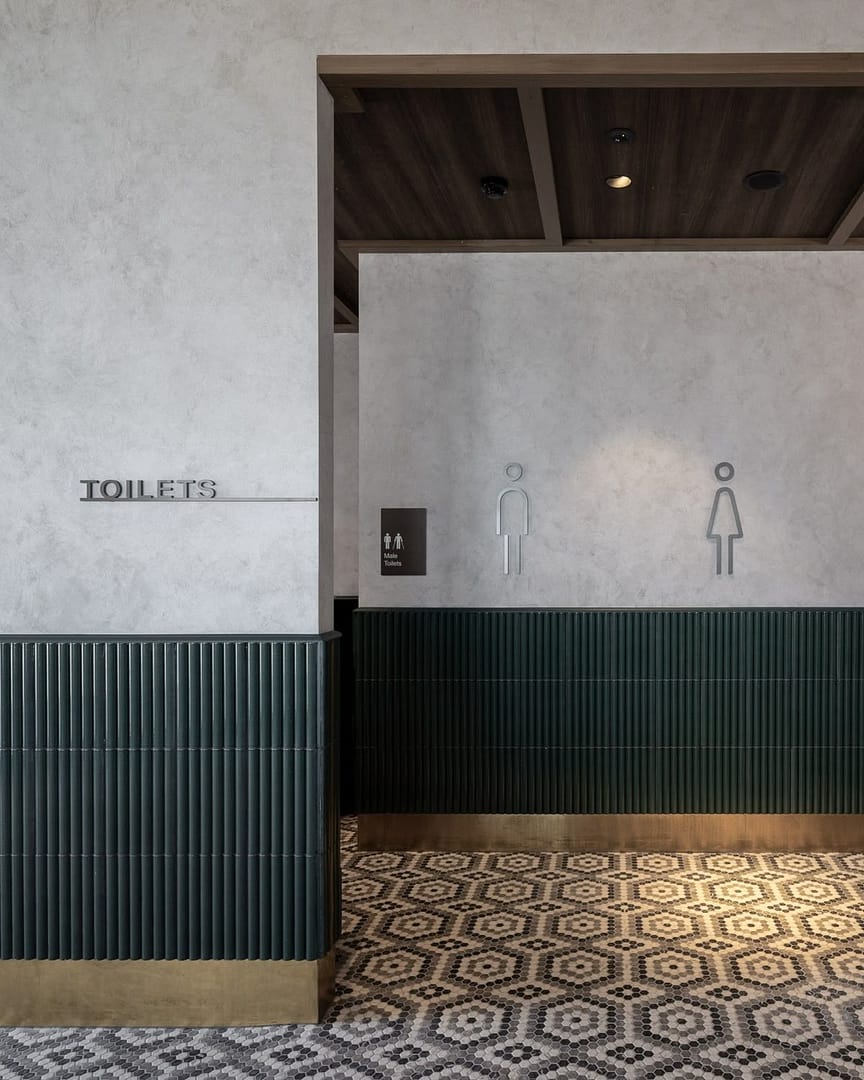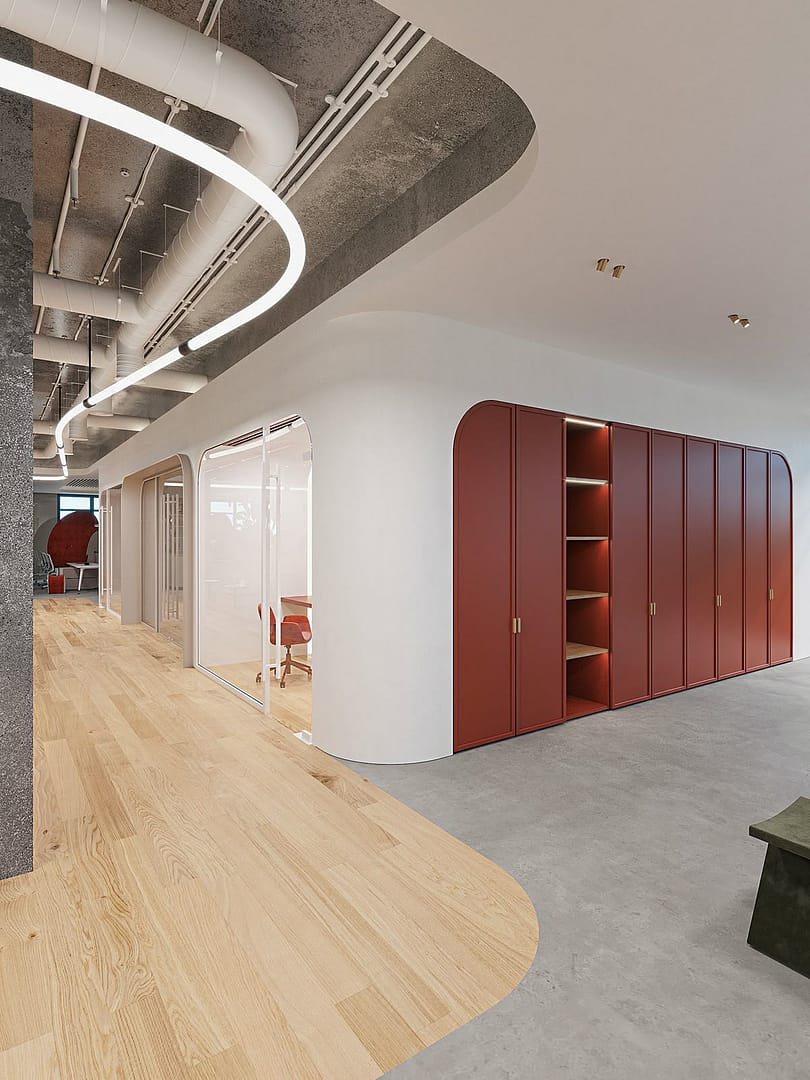
- Kitchen
Industrial Kitchen Design: The Ultimate Guide to Creating a Stylish and Functional Space
- By matin@quayconstruction.ca
Table of Contents
Imagine walking into a kitchen where raw materials meet sleek functionality, where exposed brick walls and stainless steel appliances coexist with warm, inviting lighting. Industrial kitchen design is more than just a trend—it’s a lifestyle choice that combines rugged aesthetics with modern convenience. Whether you’re renovating your home or designing a new space, industrial kitchen design offers a unique blend of durability and style that’s hard to resist.
In this in-depth guide, we’ll explore everything you need to know about industrial kitchen design. From key elements and materials to layout tips and lighting ideas, we’ll help you create a kitchen that’s not only practical but also a visual masterpiece. Let’s dive in!
What is Industrial Kitchen Design?
Industrial kitchen design draws inspiration from factories, warehouses, and industrial spaces. It’s characterized by its use of raw materials, minimalist aesthetics, and a focus on functionality. Think exposed brick, concrete countertops, metal fixtures, and open shelving. This design style is perfect for those who appreciate a no-frills, utilitarian approach to interior design.
The beauty of industrial kitchen design lies in its versatility. It can be adapted to suit a variety of spaces, from compact urban apartments to sprawling suburban homes. Moreover, it pairs well with other design styles, such as rustic, modern, or even Scandinavian, making it a popular choice for homeowners and designers alike.
Key Elements of Industrial Kitchen Design
To achieve the perfect industrial kitchen design, it’s essential to understand its core elements. Here are the key components that define this style:
1. Raw Materials
Industrial kitchens are all about embracing raw, unfinished materials. Exposed brick walls, concrete floors, and wooden beams are staples of this design. These materials not only add texture and character but also ensure durability, making them ideal for high-traffic areas like kitchens.
2. Metal Accents
Metal is a hallmark of industrial kitchen design. Stainless steel appliances, iron light fixtures, and copper piping are commonly used to create a sleek, industrial vibe. Additionally, metal accents can be incorporated through bar stools, cabinet handles, and even countertops.
3. Open Shelving
Say goodbye to traditional upper cabinets and hello to open shelving. Industrial kitchens often feature open shelves made of wood or metal, which not only provide storage but also serve as a display area for cookware, plants, and decor.
4. Neutral Color Palette
The color scheme in an industrial kitchen is typically neutral, with shades of gray, black, white, and brown dominating the space. These colors create a cohesive look and allow the raw materials to take center stage.
5. Minimalist Design
Industrial kitchen design is all about simplicity. Clutter is kept to a minimum, and every element serves a purpose. This minimalist approach not only enhances functionality but also contributes to the overall aesthetic.
How to Plan Your Industrial Kitchen Layout
Planning the layout is a crucial step in achieving the perfect industrial kitchen design. Here are some tips to help you get started:
1. Optimize the Work Triangle
The work triangle—comprising the sink, stove, and refrigerator—is a fundamental concept in kitchen design. Ensure that these elements are placed in a way that minimizes movement and maximizes efficiency. For example, the sink should be close to the stove for easy access when cooking.
2. Incorporate an Island
An island is a great addition to any industrial kitchen. It provides additional counter space, storage, and seating, making it a versatile and functional feature. Consider using a reclaimed wood or concrete countertop for the island to enhance the industrial vibe.
3. Maximize Vertical Space
Industrial kitchens often feature high ceilings, so make the most of the vertical space. Install tall cabinets or open shelves to store items that are not frequently used. Additionally, hanging pots and pans from a ceiling rack can free up cabinet space and add to the industrial aesthetic.
4. Create Zones
Divide your kitchen into zones based on functionality. For example, have a dedicated prep area, cooking area, and cleaning area. This not only improves workflow but also makes the kitchen more organized and efficient.
Choosing the Right Materials for Industrial Kitchen Design
The materials you choose play a significant role in defining the look and feel of your industrial kitchen. Here are some popular options:
1. Concrete
Concrete is a staple of industrial kitchen design. It’s durable, easy to maintain, and adds a raw, unfinished look to the space. Use it for countertops, floors, or even backsplashes.
2. Reclaimed Wood
Reclaimed wood adds warmth and character to an industrial kitchen. Use it for countertops, shelves, or even as a feature wall. The natural imperfections in the wood will enhance the rustic, industrial vibe.
3. Stainless Steel
Stainless steel is a must-have for any industrial kitchen. It’s sleek, durable, and easy to clean, making it ideal for appliances, sinks, and countertops.
4. Exposed Brick
Exposed brick walls are a hallmark of industrial design. They add texture and visual interest to the kitchen, creating a focal point that draws the eye.
Lighting Ideas for Industrial Kitchen Design
Lighting is a crucial aspect of industrial kitchen design. Here are some ideas to illuminate your space:
1. Pendant Lights
Pendant lights are a popular choice for industrial kitchens. Opt for metal fixtures with Edison bulbs to enhance the industrial vibe. Hang them over the island or dining area for a stylish and functional lighting solution.
2. Track Lighting
Track lighting is another great option for industrial kitchens. It’s versatile, allowing you to direct light where it’s needed most. Plus, the metal tracks add to the industrial aesthetic.
3. Under-Cabinet Lighting
Under-cabinet lighting is both practical and stylish. It provides task lighting for countertops while adding a warm glow to the kitchen. Choose LED strips for an energy-efficient option.
4. Statement Chandeliers
For a bold statement, consider a chandelier made of metal or reclaimed wood. It can serve as a focal point in the kitchen, adding a touch of elegance to the industrial design.
Adding Personal Touches to Your Industrial Kitchen
While industrial kitchen design is known for its minimalist and utilitarian approach, it’s important to add personal touches to make the space feel like home. Here are some ideas:
1. Incorporate Greenery
Plants are a great way to soften the industrial look and add a touch of nature to the kitchen. Consider placing potted herbs on the windowsill or hanging plants from the ceiling.
2. Display Artwork
Artwork can add color and personality to an industrial kitchen. Choose pieces that complement the neutral color palette and industrial aesthetic.
3. Use Textiles
Textiles, such as rugs, curtains, and dish towels, can add warmth and texture to the kitchen. Opt for neutral colors or subtle patterns to maintain the industrial vibe.
4. Add Vintage Elements
Vintage items, such as a retro refrigerator or antique kitchen tools, can add character and charm to the space. They also serve as conversation starters, making the kitchen feel more personal and inviting.
Conclusion: Why Industrial Kitchen Design is Here to Stay
Industrial kitchen design is more than just a passing trend—it’s a timeless style that combines functionality with aesthetics. By incorporating raw materials, metal accents, and minimalist design, you can create a kitchen that’s both practical and visually stunning. Whether you’re a homeowner looking to renovate or a designer seeking inspiration, industrial kitchen design offers endless possibilities.
So, why wait? Start planning your industrial kitchen today and transform your space into a stylish and functional haven. With the right materials, layout, and lighting, you can achieve the perfect balance of rugged charm and modern convenience. Happy designing!
By following this guide, you’ll be well on your way to creating an industrial kitchen design that’s not only beautiful but also highly functional. Remember, the key to success lies in balancing raw materials with thoughtful design choices. Now, go ahead and bring your industrial kitchen dreams to life!
Related Posts




